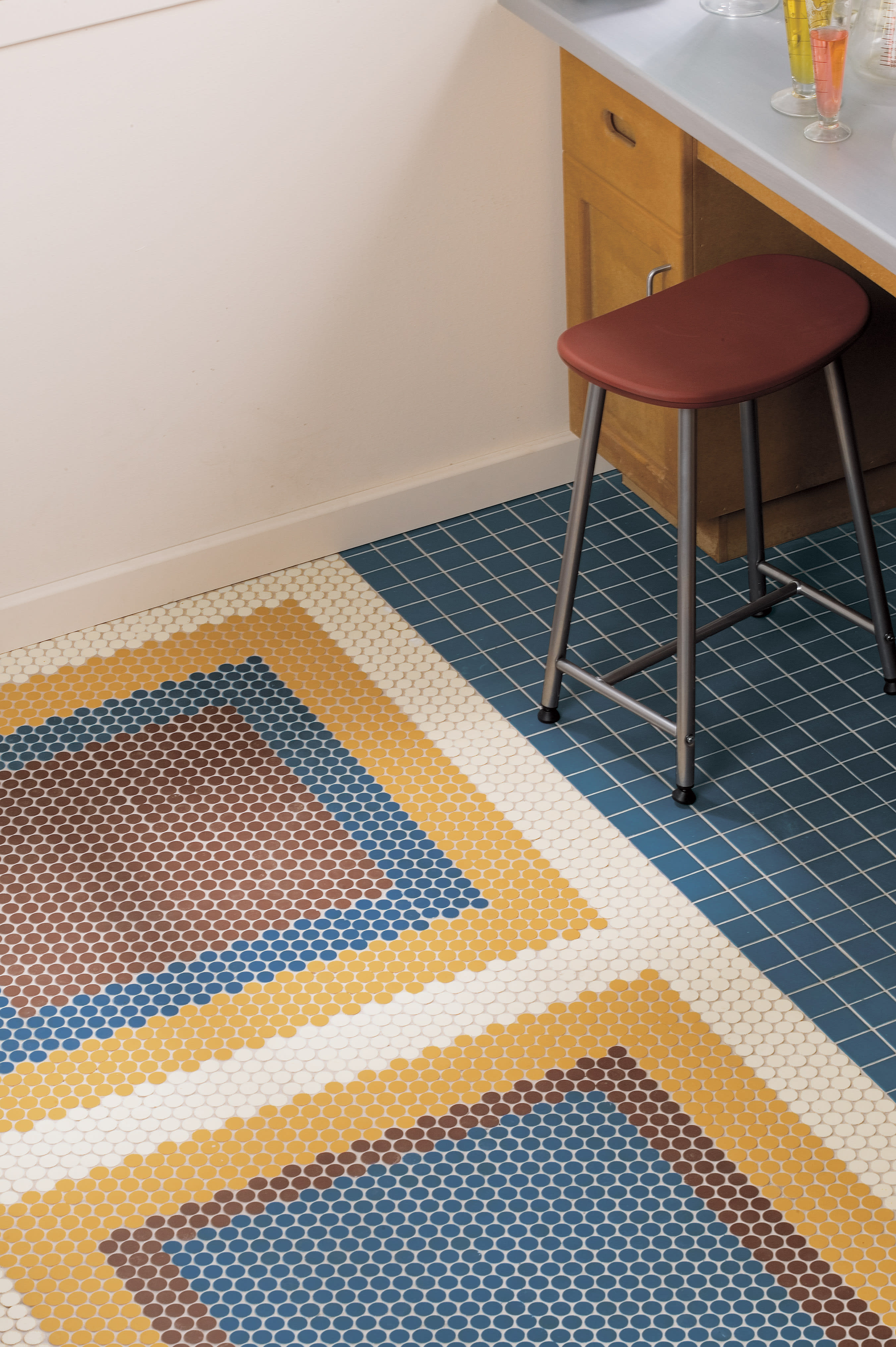Oriental rugs are more than just floor coverings; they are exquisite works of art that can add warmth, beauty, and sophistication to any space. However, to preserve their timeless appeal, it's essential to understand the fibers used in their construction. Whether you're a seasoned collector or a novice homeowner, gaining insights into the various types of fibers in oriental rugs can help you make informed decisions about their care and maintenance.
Wool: The Timeless Classic
Wool is the most common fiber used in oriental rugs and for good reason. It's durable, resilient, and naturally resistant to stains and soil. Additionally, wool fibers have a unique ability to hide dirt and dust, making them an excellent choice for high-traffic areas. However, wool rugs can be prone to shedding and require regular vacuuming to maintain their appearance.
Silk: The Epitome of Luxury
Silk is prized for its lustrous sheen and soft, luxurious feel, making it a popular choice for fine oriental rugs. While silk rugs add an unparalleled elegance to any room, they require special care due to their delicate nature. Silk fibers are more susceptible to damage from sunlight, moisture, and abrasion, so it's essential to place them in low-traffic areas and avoid direct sunlight exposure.
Cotton: The Versatile Workhorse
Cotton is often used as the foundation or backing material in oriental rugs, providing stability and support for the pile fibers. While cotton is not as durable as wool or silk, it is highly absorbent and helps to wick away moisture, making it resistant to mold and mildew. However, cotton rugs are more prone to soiling and may require more frequent cleaning to maintain their appearance.
Synthetic Fibers: The Practical Alternative
In recent years, synthetic fibers such as nylon, polyester, and polypropylene have become increasingly popular in oriental rug construction. These fibers offer many benefits, including affordability, stain resistance, and ease of maintenance. However, synthetic rugs lack the natural beauty and charm of wool or silk, so they may not be the best choice for collectors or connoisseurs.
Cleaning and Maintenance Tips
Regardless of the type of fiber used in your oriental rug, regular cleaning and maintenance are essential to prolong its lifespan and preserve its beauty. Here are some tips to help you keep your rug looking its best:
Vacuum regularly: Use a vacuum cleaner with a brush attachment to remove dirt, dust, and debris from your rug's surface. Be sure to vacuum both sides of the rug to remove embedded dirt and dust.
Spot clean as needed: Treat spills and stains promptly with a mild detergent and water solution. Blot the affected area gently with a clean cloth, taking care not to rub or scrub the fibers.
Rotate periodically: To ensure even wear and tear, rotate your rug periodically to distribute foot traffic evenly across its surface.
Professional cleaning: For deep cleaning and restoration, trust the experts at Professional Carpet Systems for professional oriental rug cleaning services. Our team has the knowledge, experience, and equipment to clean and restore your rug safely and effectively, ensuring it looks its best for years to come.
Understanding the fibers used in oriental rugs is essential for homeowners who want to preserve their beauty and value for generations to come. Whether your rug is made of wool, silk, cotton, or synthetic fibers, knowing how to care for it properly can help you maintain its appearance and prolong its lifespan. Contact us today to schedule a cleaning service and keep your rug looking its best! Visit our showroom in Rural Hall to browse our selection of oriental rugs! We also proudly serve High Point, Clemmons, Kernersville, Mount Airy, Winston-Salem, NC, and beyond.
Remember, when it comes to oriental rug cleaning, trust the experts at Professional Carpet Systems for professional results you can rely on.







